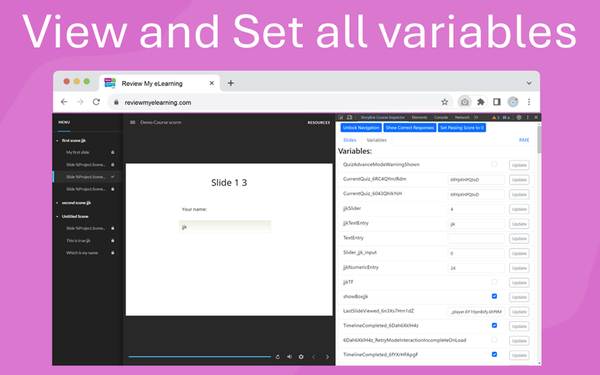The First Slide, Make An Impression!

Discover how to captivate your audience from the very first slide with strategic design and impactful content.
Understanding the Importance of the First Slide in eLearning
In the digital realm of eLearning, where attention is a scarce commodity, the first slide acts as a gateway to the educational journey ahead. It sets the tone, engages curiosity, and anchors the learner's focus. Imagine the first slide as a virtual handshake – it's the initial interaction learners have with your content, and it's crucial to make it both inviting and informative.
With the right approach, the first slide becomes more than just an introduction; it becomes the launching pad for a transformative learning experience. It can pique interest, convey the course's value, and establish a connection with the learner's objectives, ensuring they are invested right from the start.
Key Elements of a High-Impact First Slide
A high-impact first slide should be a blend of clarity, relevance, and aesthetic appeal. It often includes an intriguing title, a succinct overview of the course objectives, and a visual that resonates with the course material. The inclusion of interactive elements, like a thought-provoking question or a clickable teaser, can also amplify engagement.
Additionally, aligning the slide with the learner's goals and outcomes can foster a supportive environment, signaling that the eLearning course is tailored to their growth. These elements, woven together innovatively and empathetically, form the foundation of a first slide that not only captures attention but also promises a rewarding learning experience.
Design Tips for Creating Memorable First Slides
Designing memorable first slides is an art that involves a harmonious mix of visuals, text, and layout. Use a clean and organized design that speaks to the course's theme and maintains brand consistency. Employ color psychology to evoke the right emotions and leverage high-quality images or graphics to form a visual hook.
Remember, the goal is to facilitate learning, so the design should be accessible and not distract from the key message. Keep it simple, but don't be afraid to be bold in your approach to ensure the first impression is both positive and lasting.
Incorporating Storytelling and Emotional Appeal
Storytelling has the power to transform the mundane into the extraordinary. By weaving a narrative or scenario into the first slide, you create a relatable and immersive context that taps into the learner's emotions. A story can serve as a powerful bridge, connecting the learner's experiences to the learning objectives.
Emotional appeal is not just about telling a story; it's about crafting a journey that resonates on a human level. By being empathetic and understanding the challenges faced by learners, you can design a first slide that not only educates but also inspires and motivates.
Evaluating the Effectiveness of Your First Slide
The true measure of your first slide's effectiveness lies in its ability to engage and retain learners. To evaluate its impact, gather feedback through surveys or analytics, observe interaction patterns, and assess how well it aligns with the learning outcomes. This reflective process is not only informative but also demonstrates a commitment to continuous improvement and learner support.
Remember that the first slide is not just a standalone entity; it's an integral part of the eLearning narrative. Its effectiveness should be gauged by how well it integrates with the overall course and whether it sets learners on a path to success, keeping them engaged and motivated throughout their educational journey.




